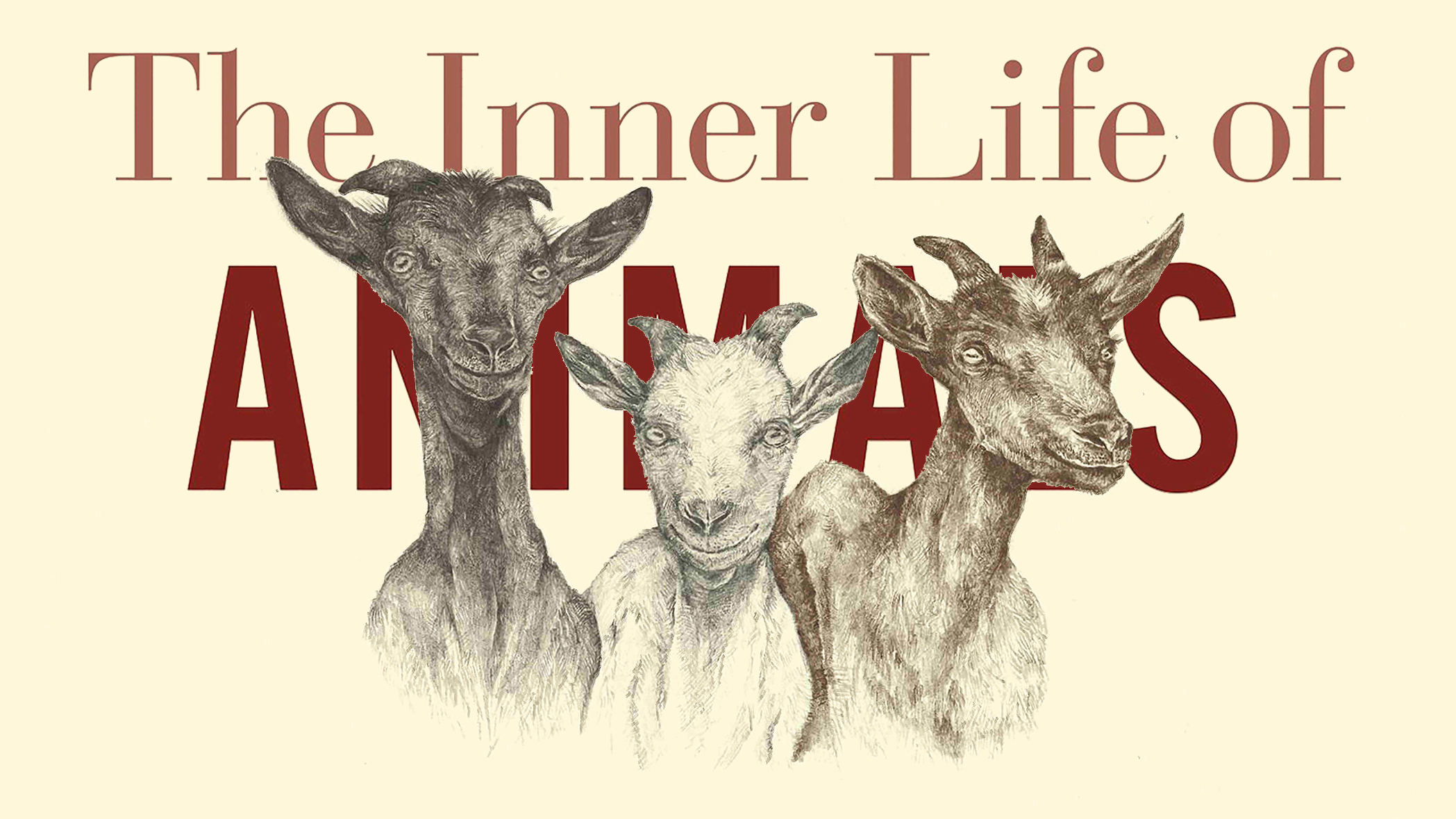Dogs and Humans Evolved to Bond Socially with Each Other

Dogs are the best. They’re loyal and miss you no matter how long you’ve been gone — it could be 10 days or 10 seconds — they’ll greet you with the same enthusiasm (which may also be caused by their inability to accurately judge time). Still, it’s no wonder that humans are endeared toward canines.
Francie Diep from Pacific Standard highlights an interesting new study that delves into a chemical “feedback loop” that makes your dog love you more and vice versa. The research supports the idea that humans and dogs may have gone through a period of co-evolution.
The researchers argue that when a dog and owner look into one another’s eyes, it raises their levels of a hormone called oxytocin (otherwise known as the “love drug”) in both parties. This hormone plays a crucial role in social bonding. What’s more, even just a rise in your pet’s levels of the hormone can create the same effect in the owner.
To test this idea, researchers gathered a group of volunteers and their dogs. Both submitted a urine sample before and after the test to gauge the level of oxytocin in their systems. The researchers found that the human-canine pairs that spent the longest amount of time gazing into each other’s eyes tended to have the steepest rise in their oxytocin levels. What’s more, in another test group, the researchers found humans who had raised wolves, and found that after human-wolf pairs spent time gazing into each other’s eyes, the same effect did not occur — an interesting find.
In another experiment, researchers sprayed oxytocin or salt water into the dogs’ nostrils. Researchers found the hormone-enhanced female dogs gazed much longer at their owners, while the male dogs did not. After which time, the researchers found that only the female dogs had raised the oxytocin levels in their owners by a significant margin.
The researchers concluded their study, writing:
“These findings support the existence of an interspecies, oxytocin-mediated positive loop facilitated and modulated by gazing, which may have supported the co-evolution of human-dog bonding by engaging common modes of communicating social attachment.”
Read more at Pacific Standard.
Photo Credit: mclondicek / Flickr





